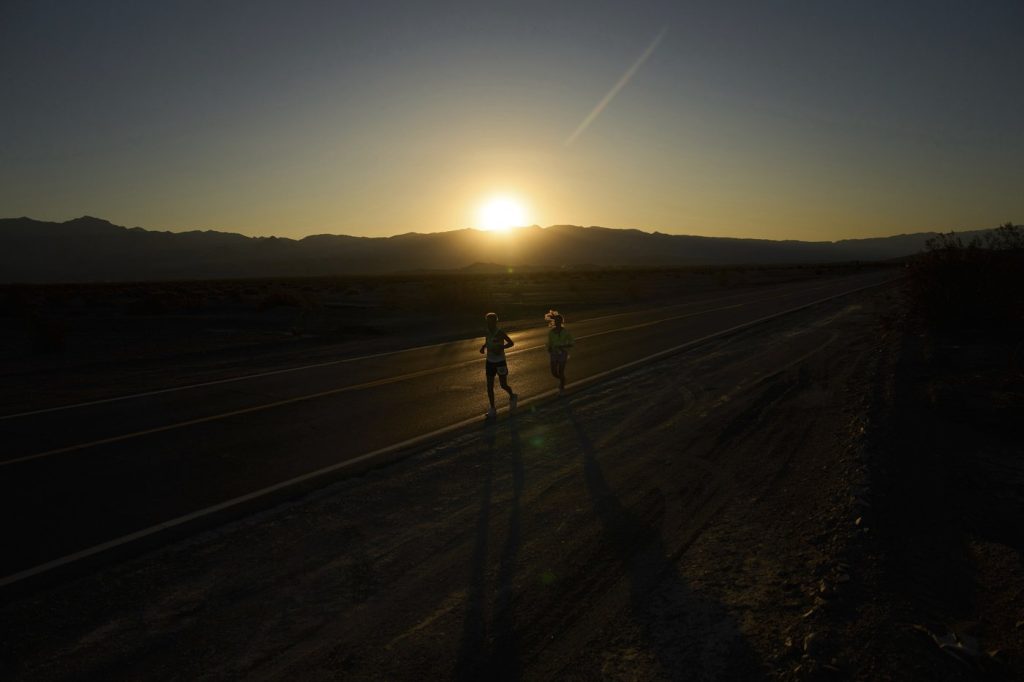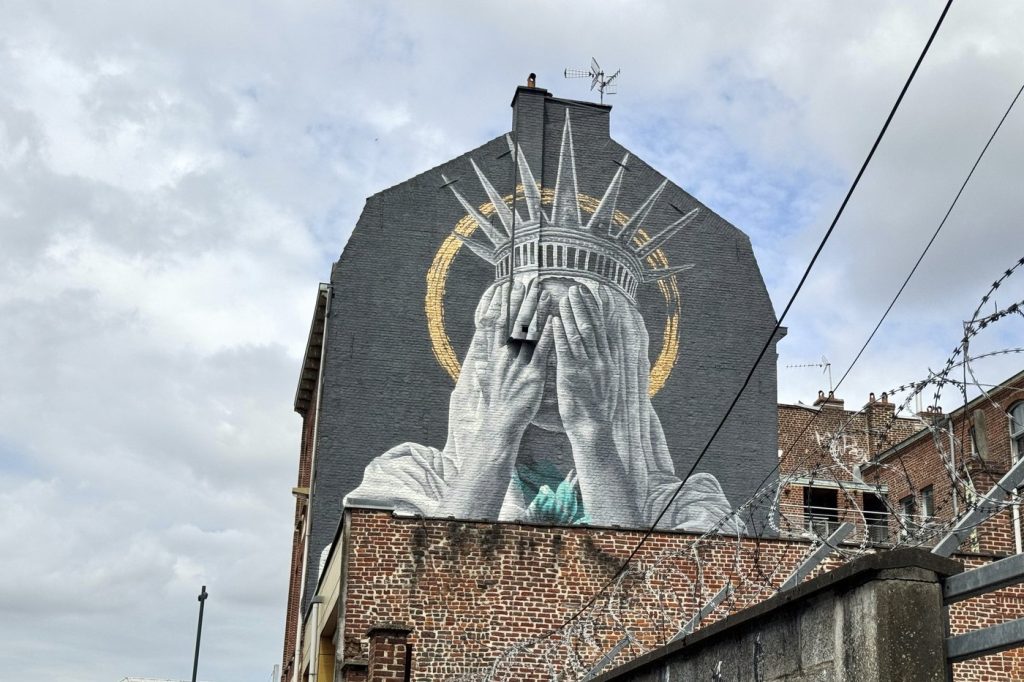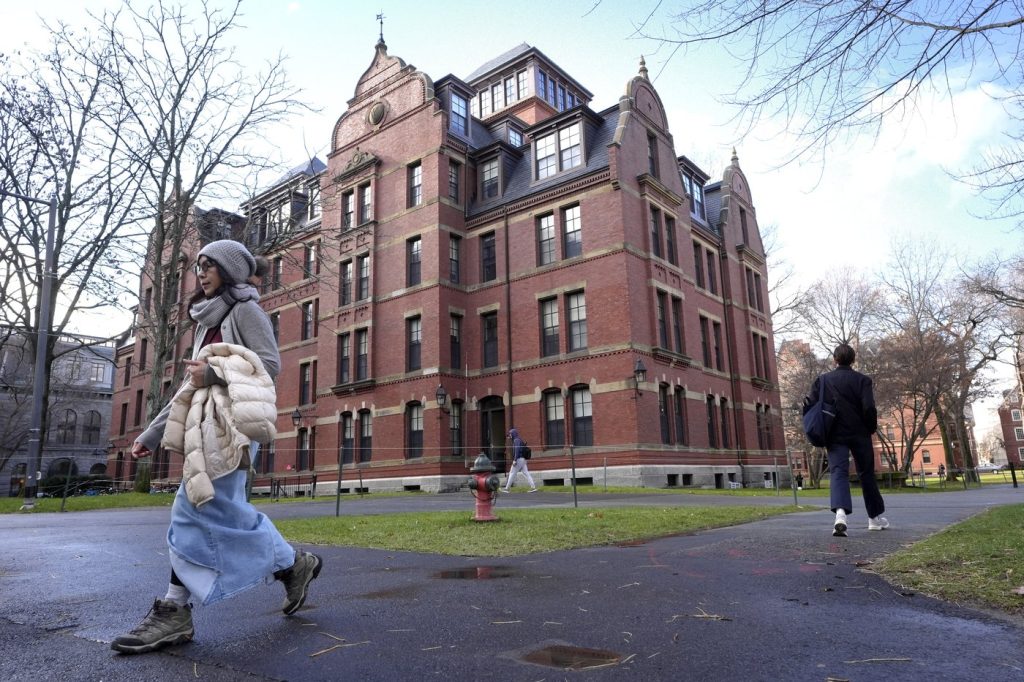DEATH VALLEY NATIONAL PARK, Calif. (AP) — Danny Westergaard, 66, has been a relentless competitor in the Badwater 135 Ultramarathon for 18 years, navigating the punishing heat of California's Death Valley, a place often referred to as "hell on Earth." This ultramarathon is celebrated as the world's toughest race, challenging participants to cover 135 miles (217.26 kilometers) from North America’s lowest point to the trailhead of its highest peak in just 48 hours. Westergaard is one of the few who has completed this grueling event multiple times, although finishing is never a guarantee.
Westergaard describes the event as a "summer ritual" and a "family reunion," emphasizing that he feels at home in this extreme environment. His loyalty to the Badwater 135 transcends mere competition; it has become a cherished tradition for him and his family.
This year marks the 37th annual Badwater 135, enduring in July, when temperatures can soar into the 130s Fahrenheit (54.44 Celsius). Despite its reputation for extremes, Death Valley is experiencing the effects of climate change, with seven of the hottest summers recorded in the last decade. If greenhouse gas emissions remain unchecked, other regions may also begin to encounter similarly searing temperatures.
Westergaard’s journey over the two-day race involves traversing mountain ranges, sand dunes, and salt flats, even as temperatures hit highs of 117°F (47.22°C). He maintains a positive outlook, often smiling even when he feels overwhelmed, believing that it uplifts both himself and those around him.
The ultramarathon kicks off at 8 p.m., with Westergaard joining the first wave of runners. The initial temperature is a sweltering 113°F (45°C). Following close behind is his dedicated support crew, including Jennifer Drain, his cousin, and his daughters Meagan and Madison. They bring along essential supplies such as food, water, and electrolytes, vital for Westergaard’s survival amidst the intense heat.
Heat can be deadly; extreme body temperatures may lead to organ failure, strain the heart, and cause heat stroke. To combat this, his crew keeps him cool with mists of water and ice-filled hats. Staying hydrated is critical; Westergaard reports fluid loss, which is crucial to monitor as dehydration can lead to serious health crises.
Heat-related issues are common among runners, as noted by race medical director Megan Dell. While no fatalities have occurred, stomach problems leading to dehydration and conditions like hyponatremia have sent competitors to the hospital. Westergaard has adapted to the challenges, experiencing everything from feeling invincible to nauseous. "You just suck it up, just like in life, and get through the lows, and it always gets better," he reflects.
The race progresses into its second day, with runners pushing towards the critical mile 50.8 (81.75 kilometers) cut-off point. As Westergaard arrives just before the cutoff, the sun begins to rise, warming the air to 90°F (32.2°C). Even as he moves along, he finds joy in the moment, joking with his daughters and maintaining his sense of humor.
As Westergaard traverses the Panamint Valley, typically the hottest segment during the race, it reaches 96°F (35.56°C). He employs tactics learned over years, such as running along the white line of the road to avoid the heat radiating from the asphalt, which can become painfully hot. Acknowledging his age, he notes that he has adjusted his training regimen and now spends less time in saunas, opting instead for shorter sessions which still provide acclimatization to the heat.
That night becomes particularly challenging as sleep deprivation sets in, causing hallucinations. Westergaard recalls having seen vivid illusions, including a kid on a skateboard accompanied by a dog and an enchanting scene involving the crescent moon. At one point, exhausted and disoriented, he takes a brief 15-minute nap at mile 98 (157.72 kilometers).
The final day comes with Westergaard shuffling through Lone Pine, near the imposing Mount Whitney, reaching mile 123 (197.95 kilometers). Despite feeling weary and fighting the urge to sleep, his spirits are high. “We’ve come a long way,” he says, with thoughts of celebrating with veggie burgers upon finishing keeping him motivated.
Finally, after 45 hours and 29 minutes of relentless effort, Westergaard crosses the finish line. This particular race stands out as the most meaningful for him, completing it alongside his daughters, which deeply resonates with him.












